The art of competitive diving has long captivated audiences with its blend of athleticism, grace, and precision. Among the most visually striking aspects of a dive is the moment the athlete enters the water—specifically, the absence of a splash, commonly referred to as "ripping the entry" or "nailing the water." The ability to minimize splash, or "water disruption," is a hallmark of elite divers and often separates the good from the great. But what goes into achieving that near-perfect entry? The science and technique behind it are more intricate than one might assume.
The Physics of the Perfect Entry
At its core, a clean entry is about managing energy transfer. When a diver hits the water, the kinetic energy from their motion must go somewhere. If not properly controlled, that energy disperses chaotically, creating the splash spectators are familiar with. Elite divers, however, manipulate their body position to ensure the energy is directed vertically downward, allowing them to slice through the water with minimal disturbance. The key lies in the alignment of the body—straight as an arrow—with hands, arms, and shoulders forming a tight, streamlined shape. Even the slightest deviation can disrupt this balance, resulting in unwanted spray.
Water itself plays a role in this equation. Surface tension and viscosity influence how easily a diver penetrates. A higher entry speed can help, but only if the diver maintains control. Too much force without proper form leads to a larger splash, not a smaller one. This delicate balance is why divers spend countless hours practicing their entries, often drilling the same motion repeatedly until muscle memory takes over.
The Role of Technique and Training
Behind every seamless entry is years of meticulous training. Divers work on everything from hand positioning to the angle of their toes. The hands, in particular, are critical—they act as the initial point of contact, and their position dictates how the rest of the body follows. A common technique involves pressing the palms together, fingers tightly aligned, to create a single, solid surface that parts the water cleanly. The arms must then follow in perfect synchronization, with elbows locked to maintain rigidity.
Coaches often use video analysis to break down each frame of a diver’s entry, searching for imperfections invisible to the naked eye. Even a slight bend in the wrist or a minor twist in the torso can be enough to ruin an otherwise flawless dive. Adjustments are made incrementally, with divers refining their technique over months or even years. It’s a process that demands patience and an almost obsessive attention to detail.
Mental Preparation and the Pressure of Performance
While physical technique is paramount, the mental aspect cannot be overlooked. In competition, the difference between gold and silver can come down to a single dive—and often, that dive is judged heavily on the entry. The pressure to perform can lead to tension, which in turn can disrupt the fluidity of motion. Elite divers train not just their bodies but their minds, learning to stay calm under the brightest lights.
Visualization is a common tool. Before a dive, athletes will often close their eyes and mentally rehearse every movement, from takeoff to entry. This mental practice helps reinforce muscle memory and builds confidence. Breathing techniques are also employed to steady nerves, ensuring the diver remains composed even as the crowd holds its breath.
The Evolution of Diving and the Pursuit of Perfection
Diving has come a long way since its early days, when entries were far less refined. Modern athletes benefit from advancements in sports science, including biomechanical analysis and tailored training regimens. Equipment, too, has improved—springboards and platforms are engineered to provide optimal rebound, allowing divers to achieve greater height and control. These innovations have pushed the sport to new heights, with entries becoming cleaner and more consistent than ever before.
Yet, even with all these advancements, the perfect entry remains elusive. Judges still look for that magical moment where the diver disappears into the water with barely a ripple—a feat that requires not just skill, but artistry. It’s this combination that makes diving such a compelling spectacle, and why the pursuit of the perfect splashless entry continues to drive the sport forward.
In the end, the beauty of a great dive lies in its apparent simplicity. To the untrained eye, it looks effortless. But as any diver will tell you, that illusion is the result of countless hours of sweat, sacrifice, and an unrelenting pursuit of perfection.
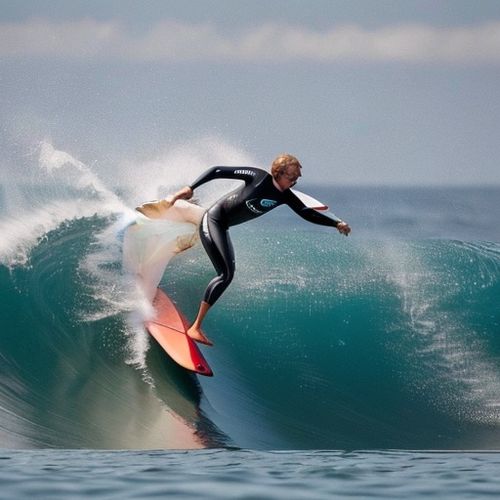
By Eric Ward/May 8, 2025
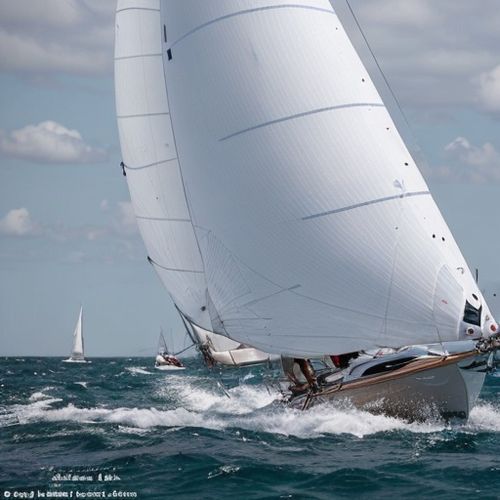
By Lily Simpson/May 8, 2025

By Jessica Lee/May 8, 2025
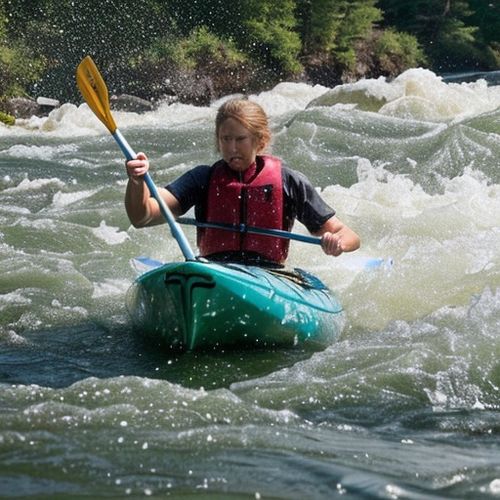
By Grace Cox/May 8, 2025
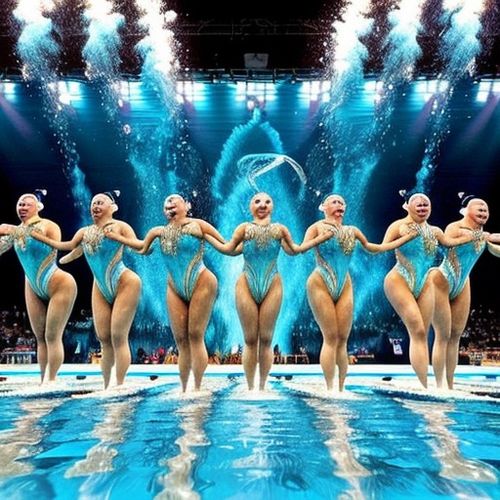
By Emily Johnson/May 8, 2025
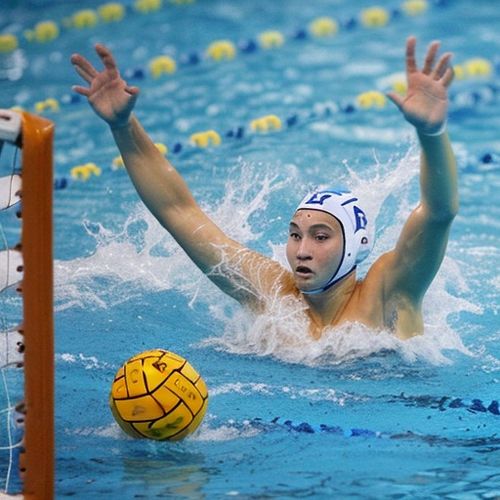
By Rebecca Stewart/May 8, 2025
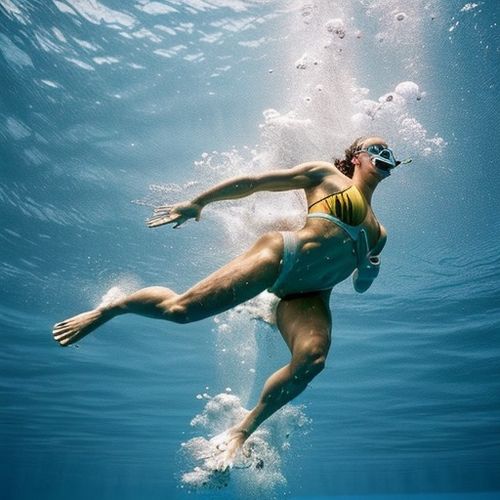
By George Bailey/May 8, 2025

By Sophia Lewis/May 8, 2025
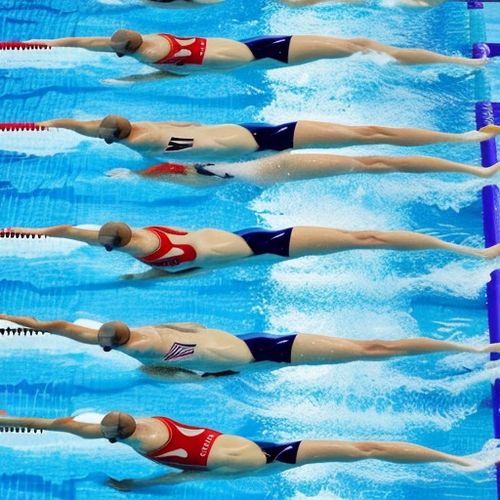
By George Bailey/May 8, 2025
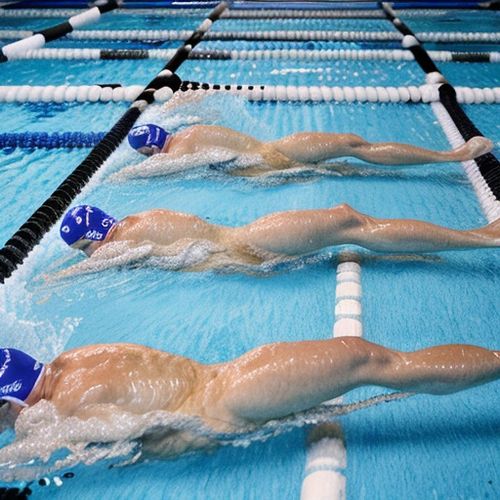
By Eric Ward/May 8, 2025
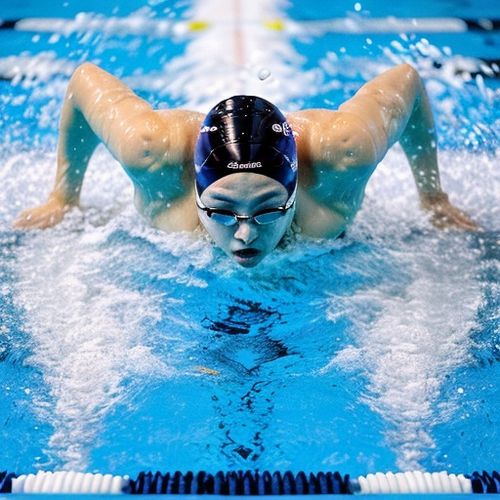
By James Moore/May 8, 2025
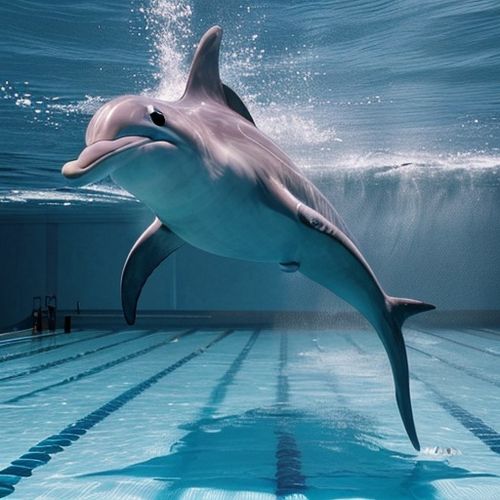
By Thomas Roberts/May 8, 2025
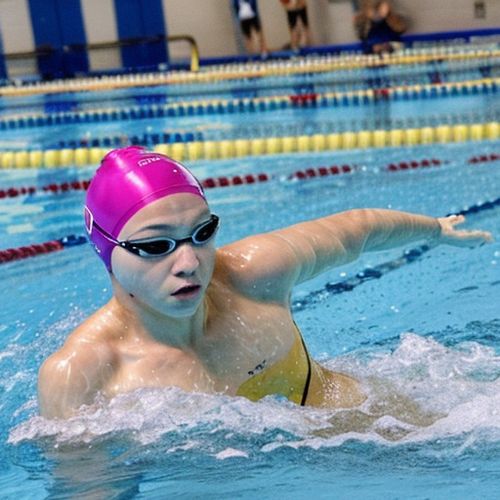
By Victoria Gonzalez/May 8, 2025

By Samuel Cooper/May 8, 2025

By David Anderson/May 8, 2025

By Joshua Howard/May 8, 2025

By Michael Brown/May 8, 2025

By Elizabeth Taylor/May 8, 2025

By Benjamin Evans/May 8, 2025

By Noah Bell/May 8, 2025